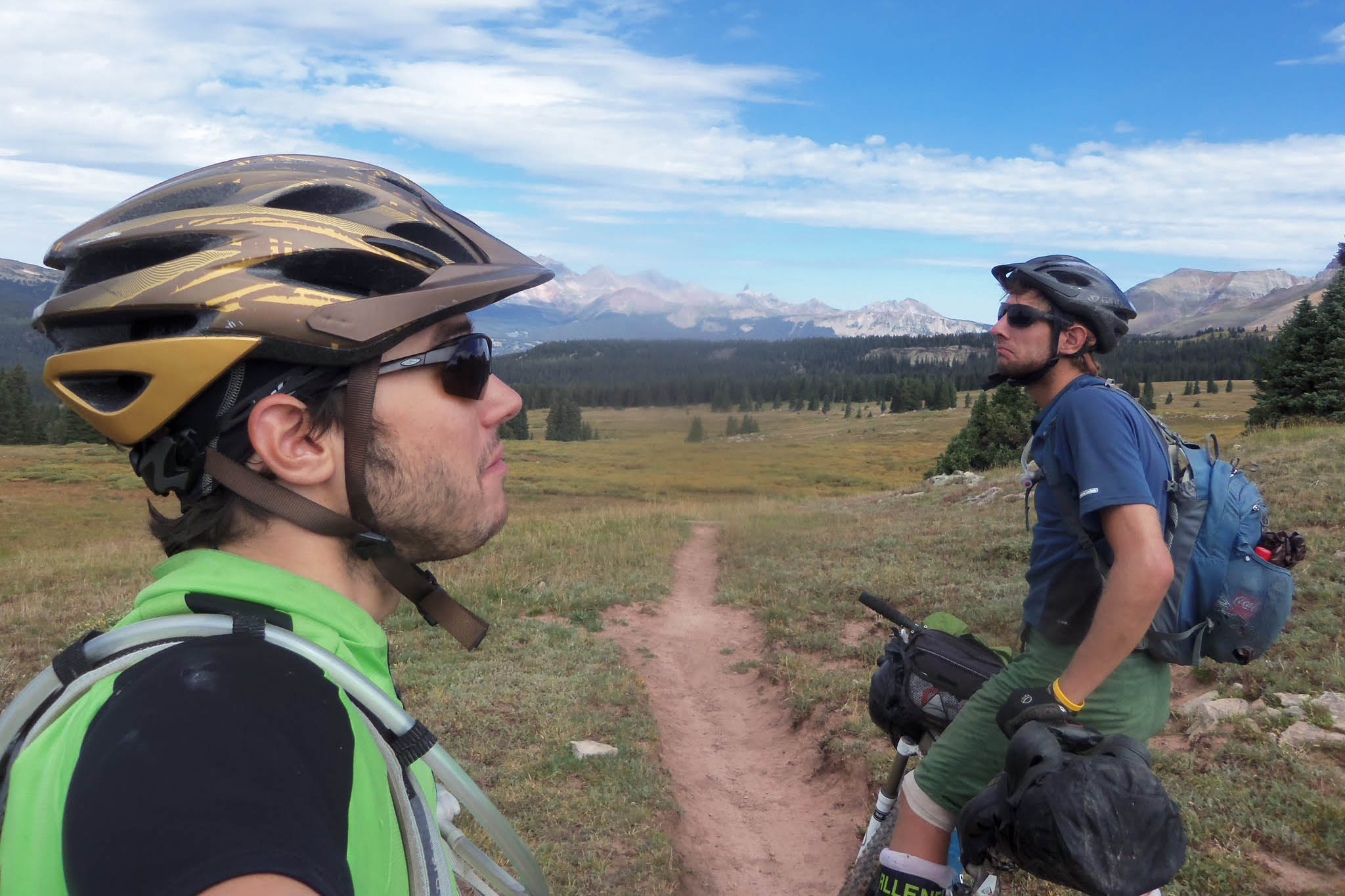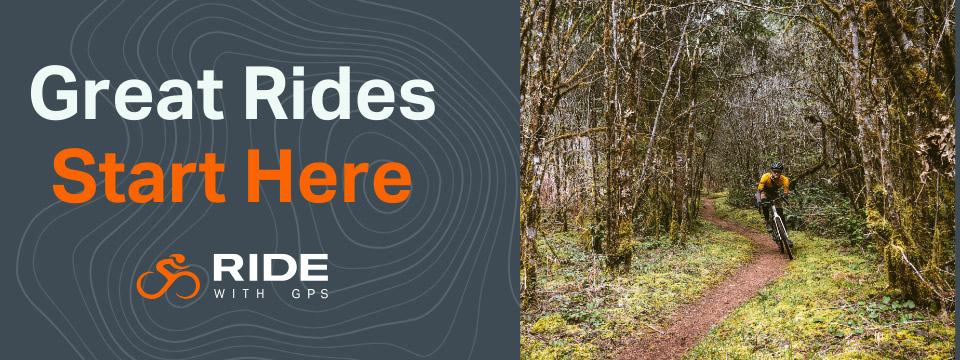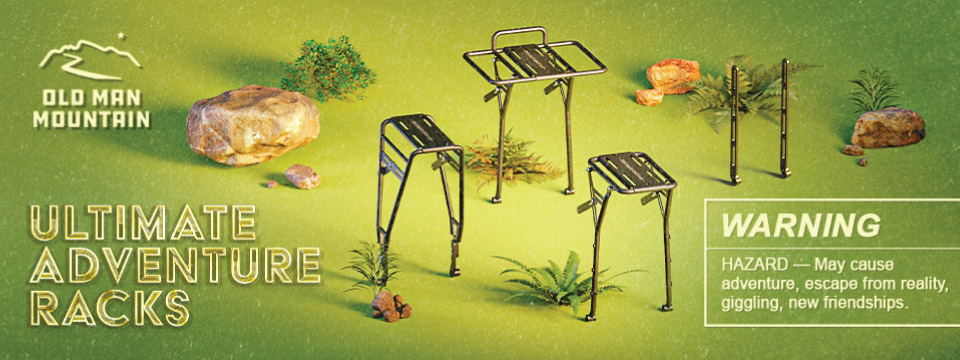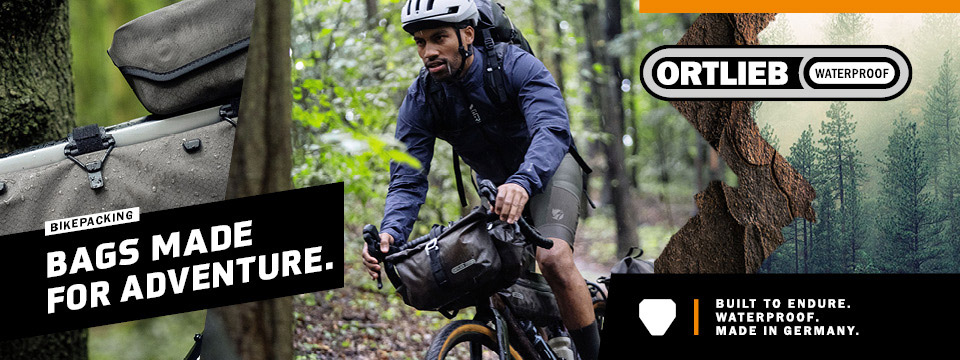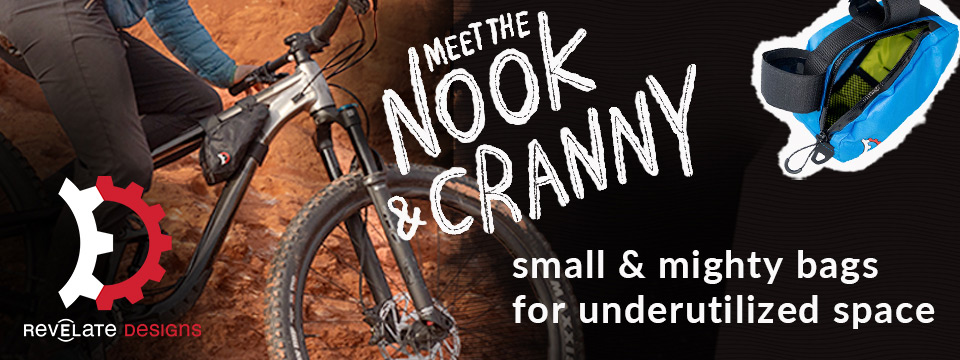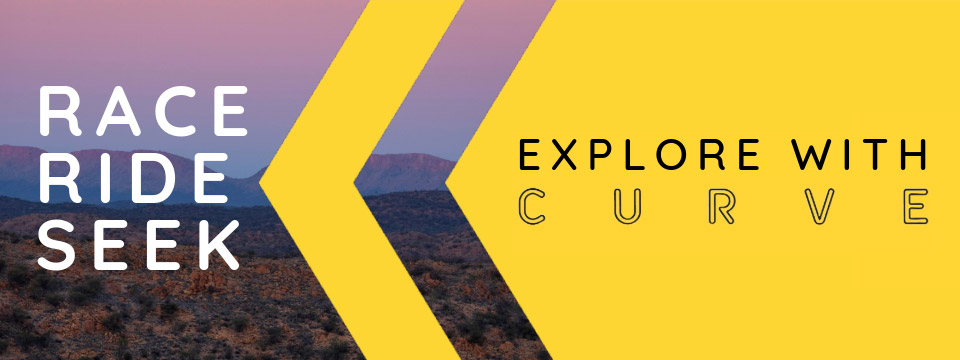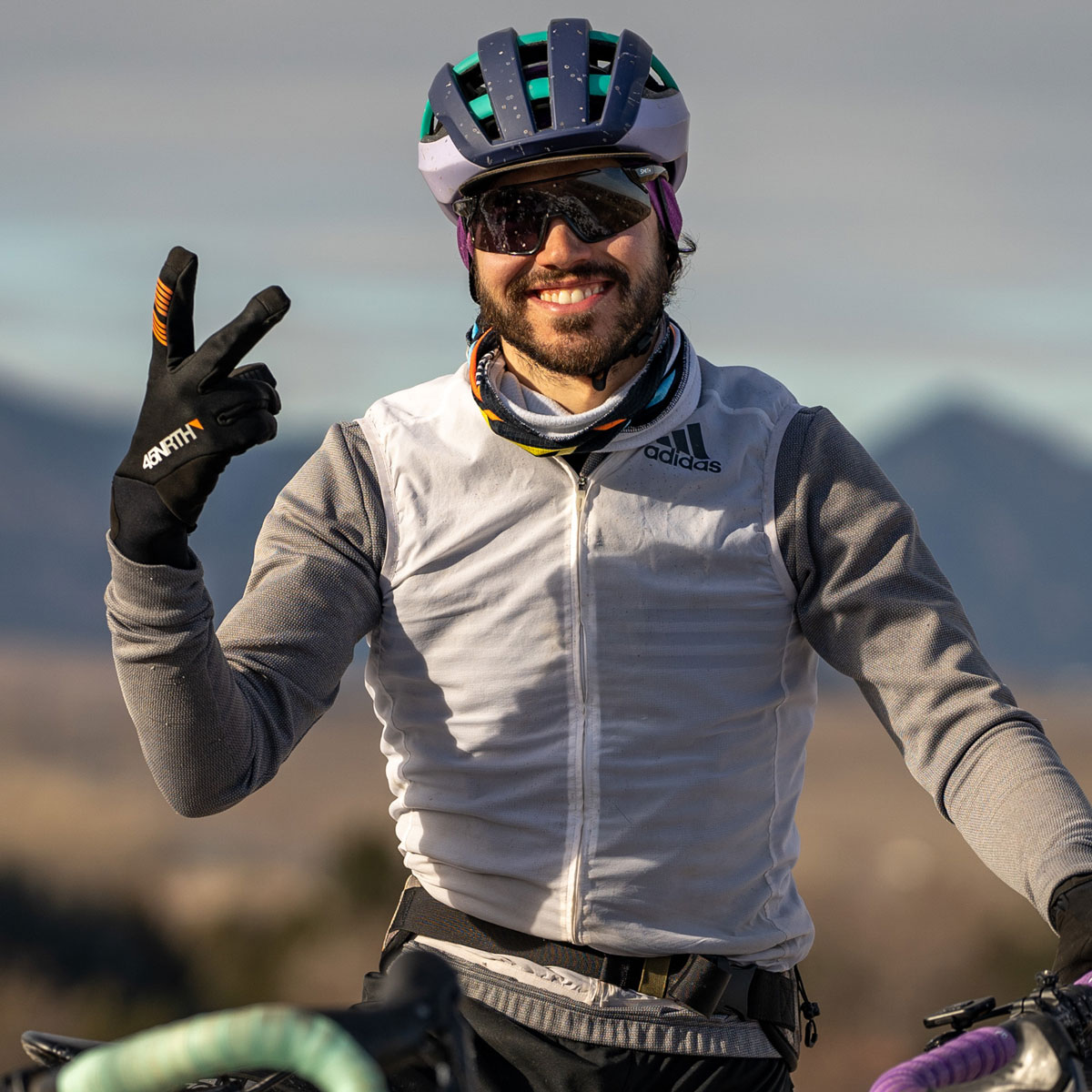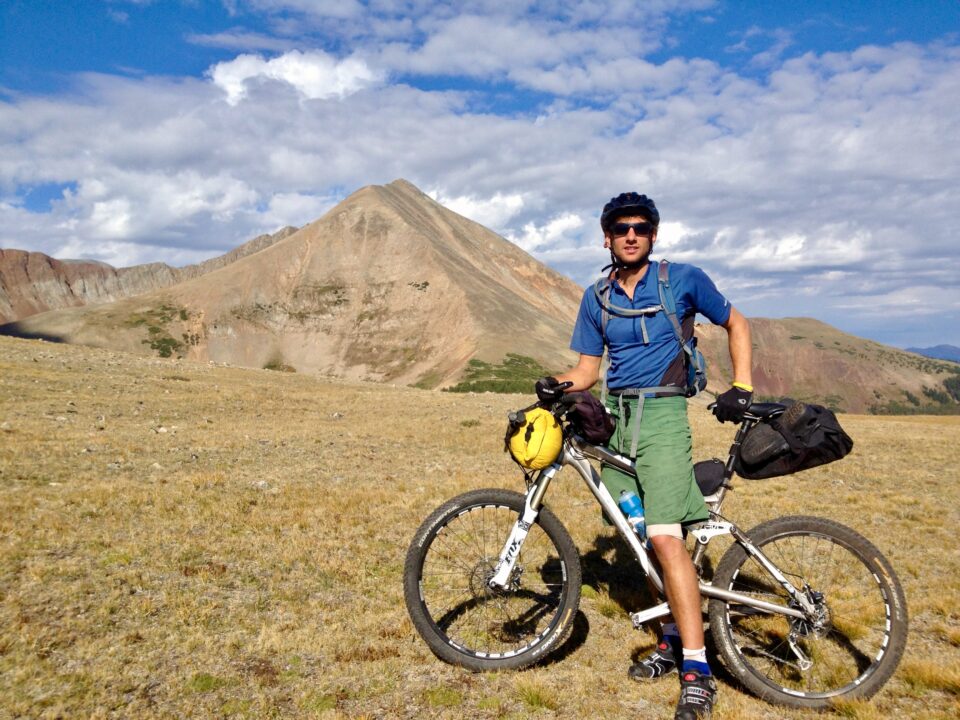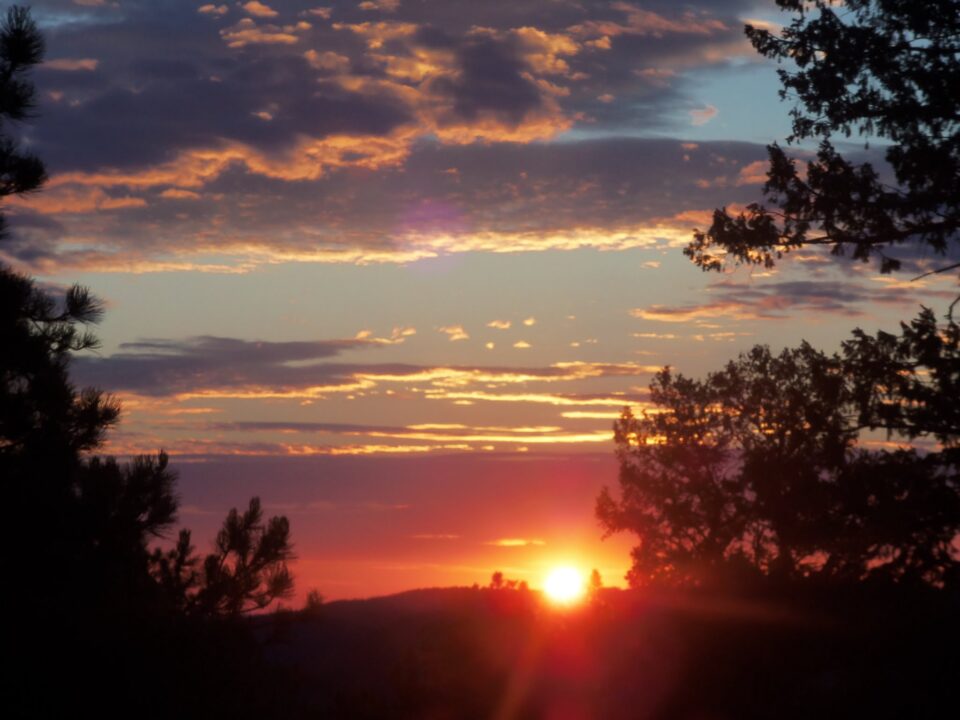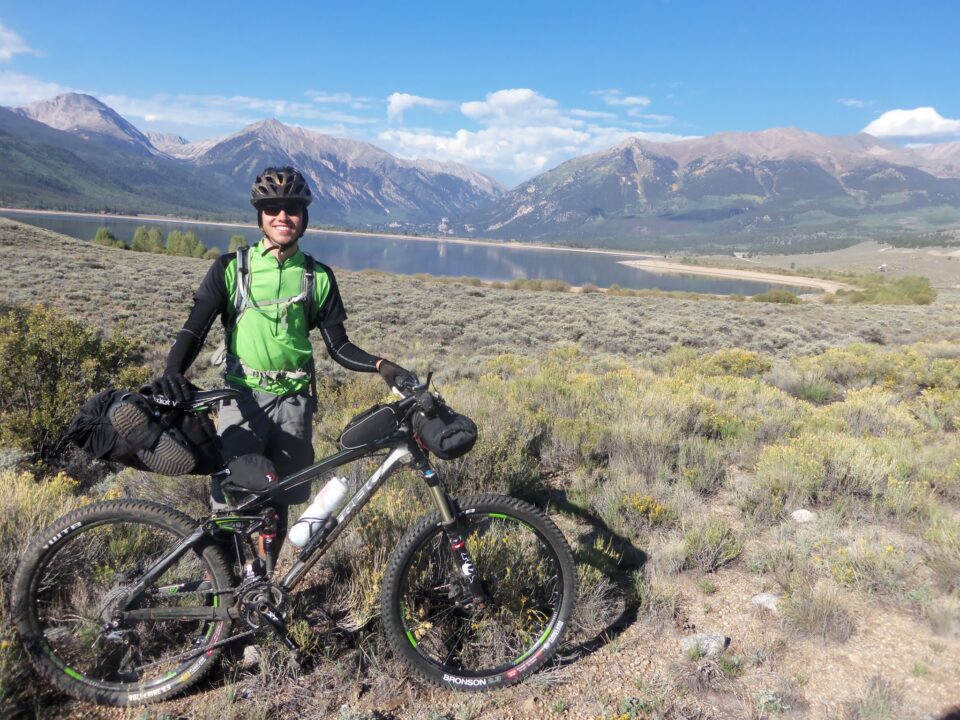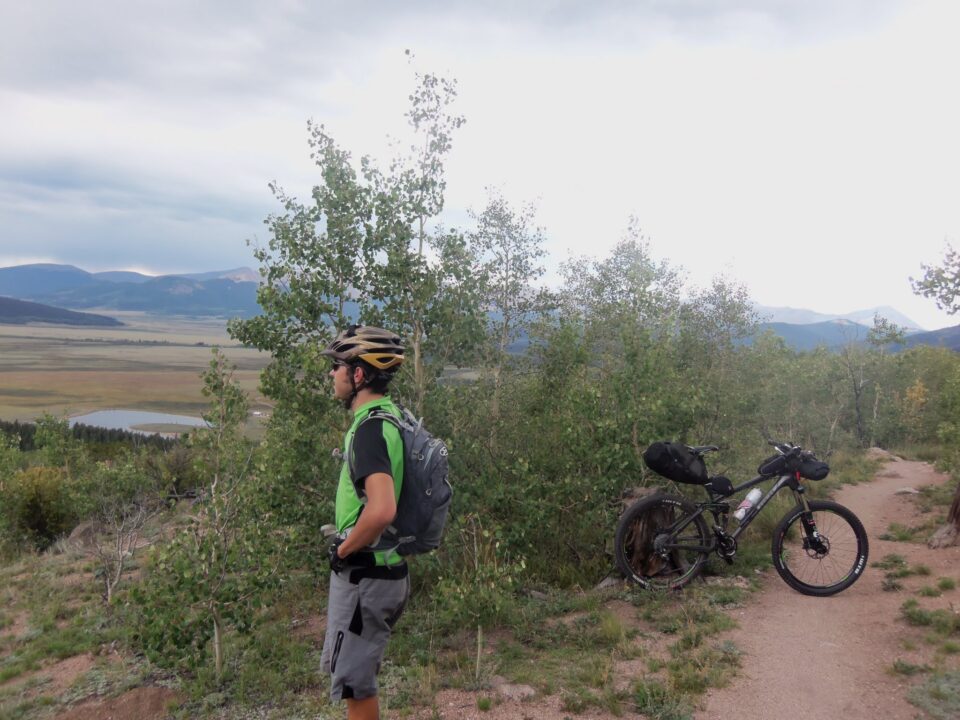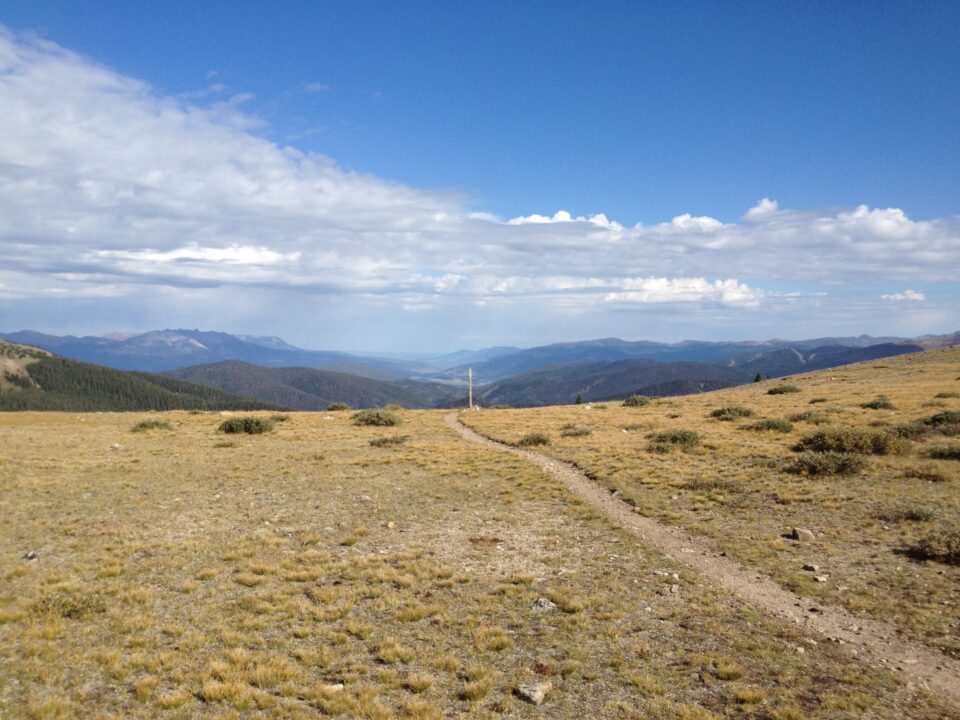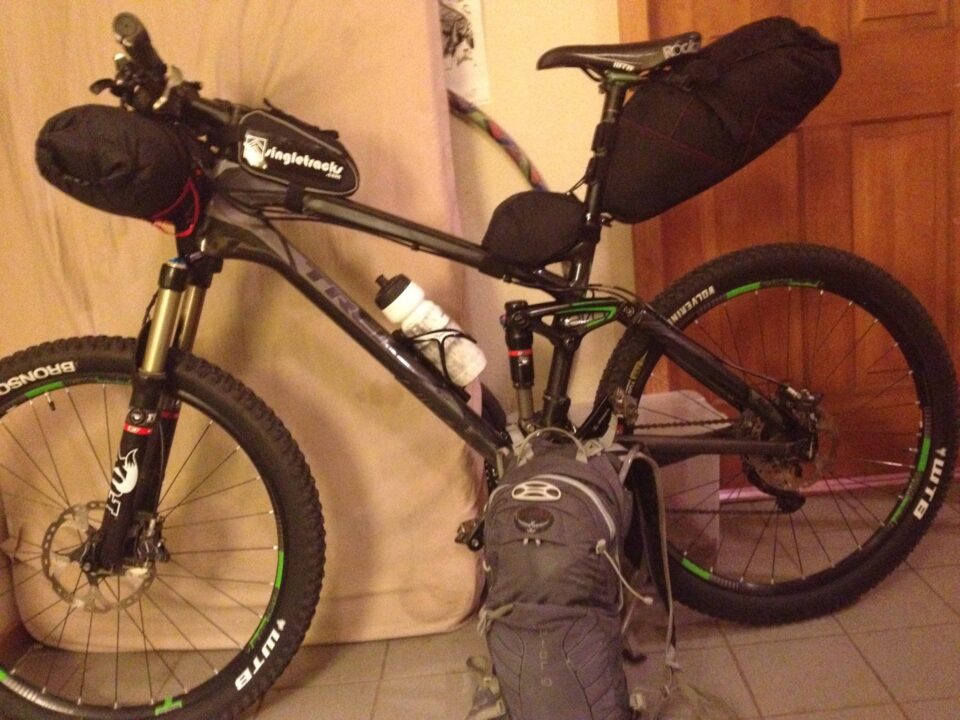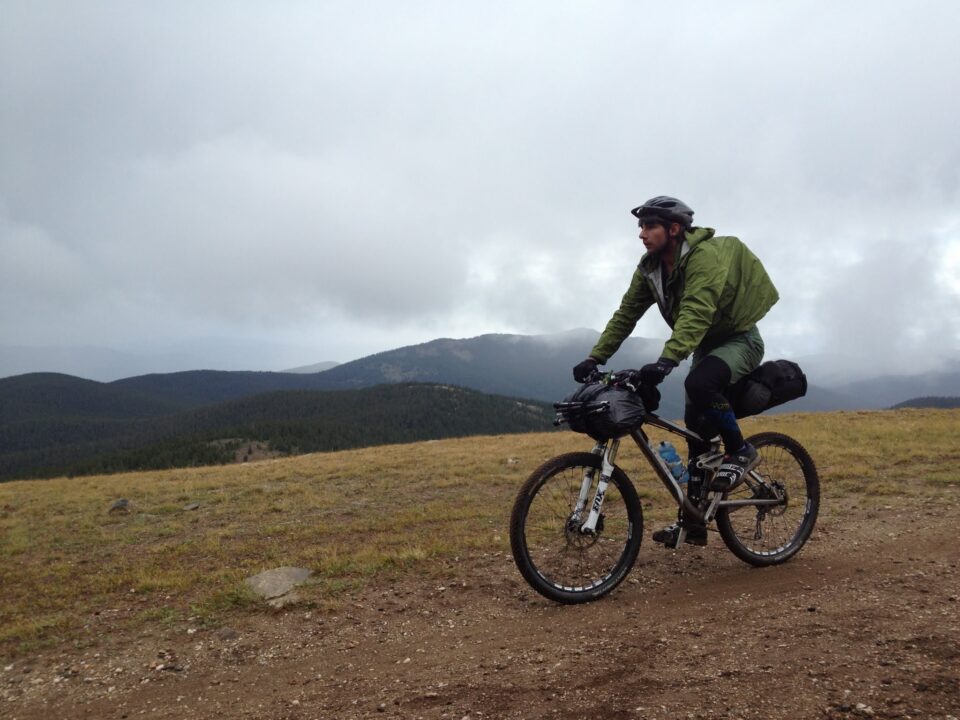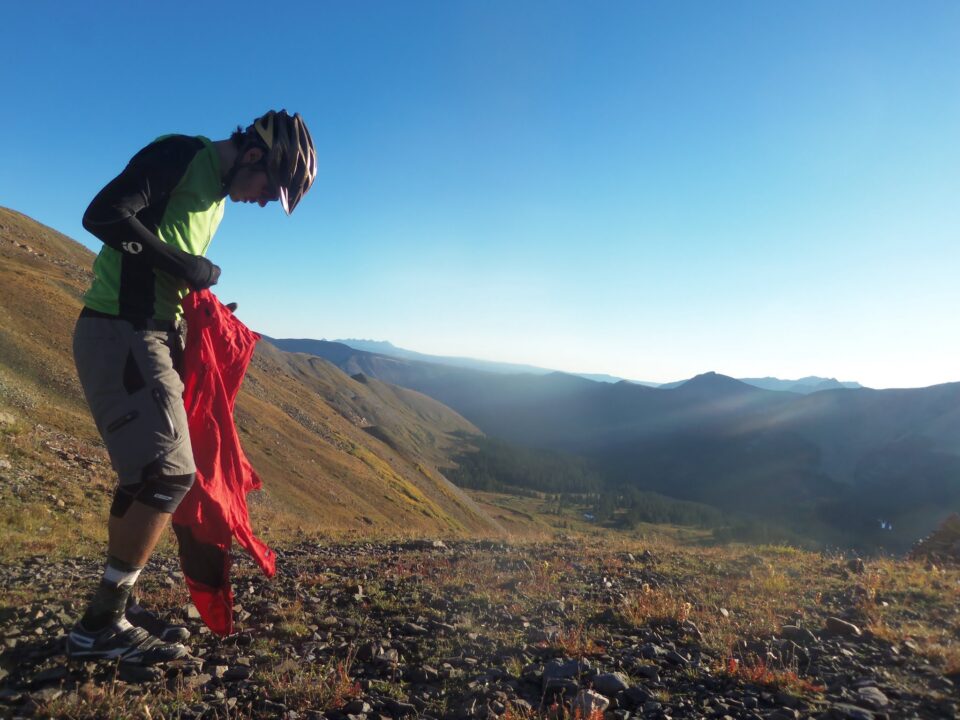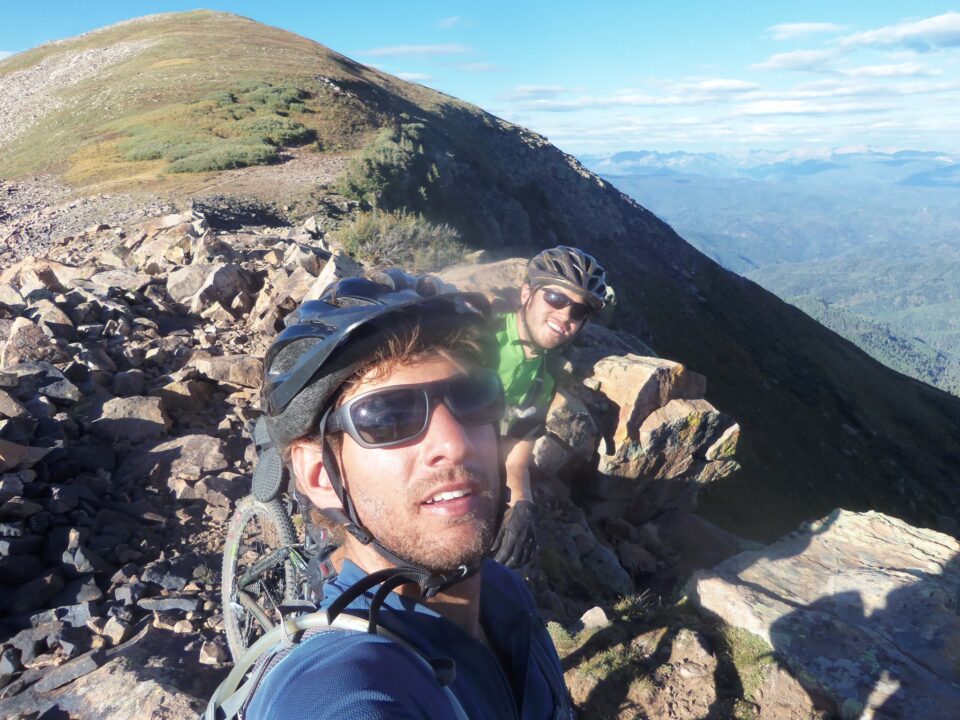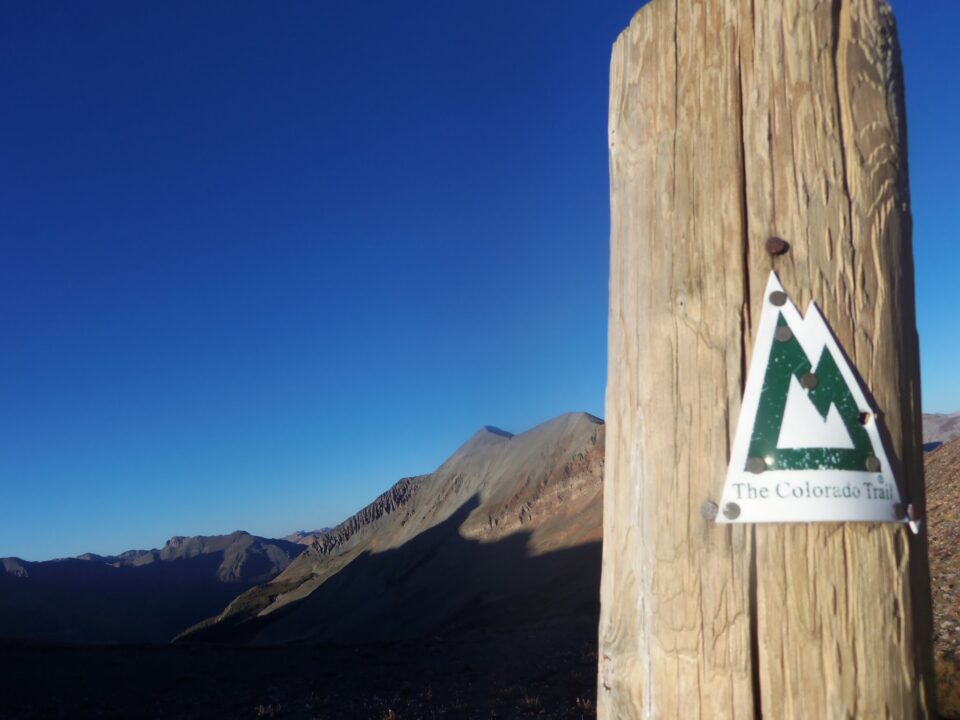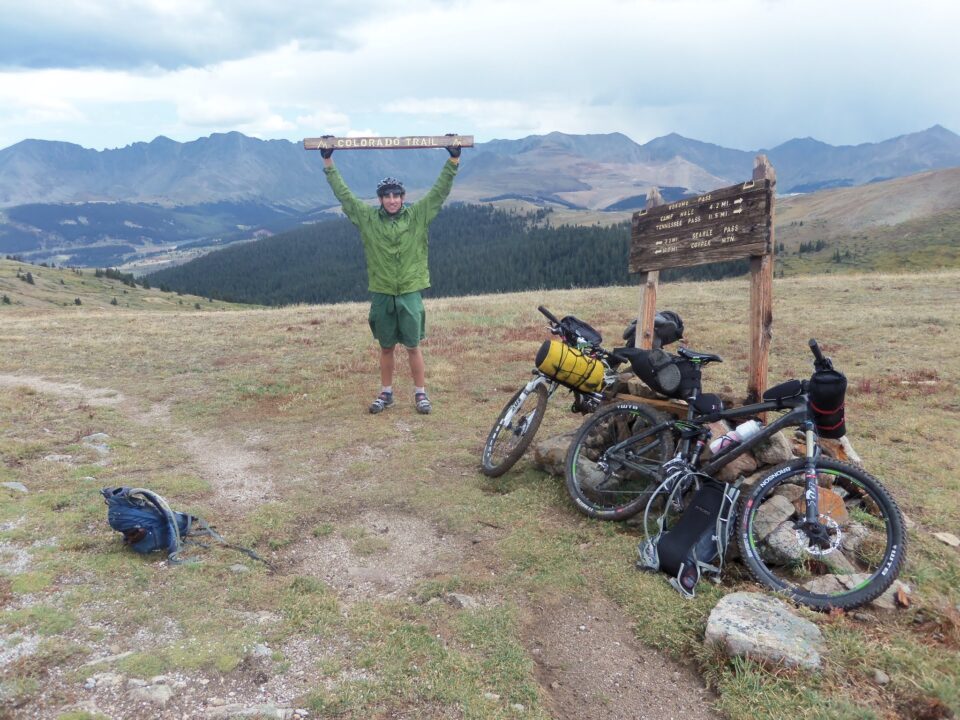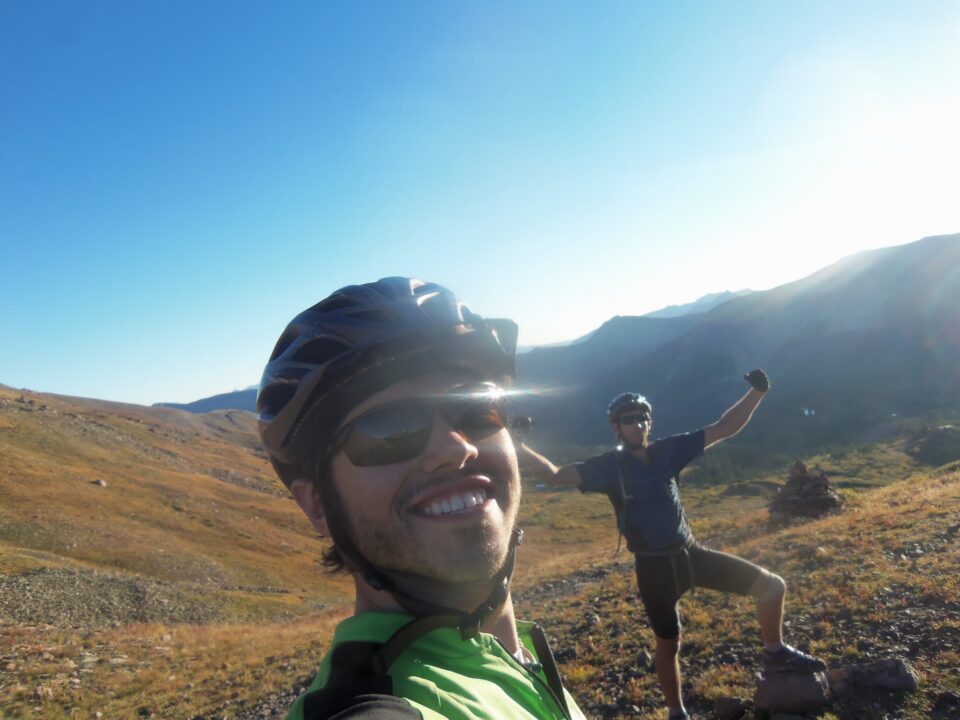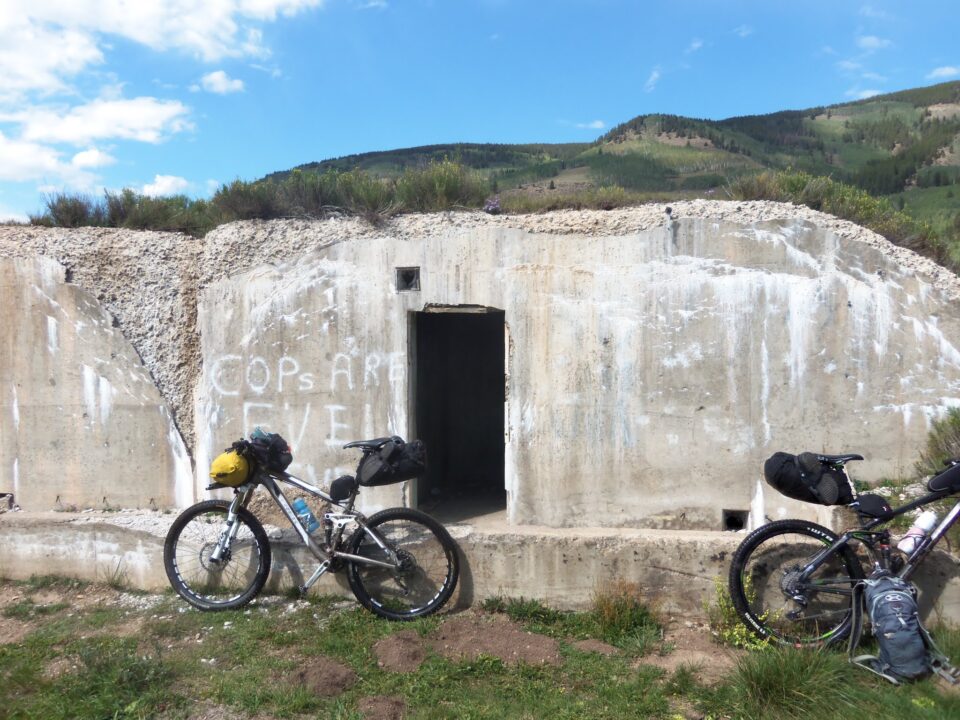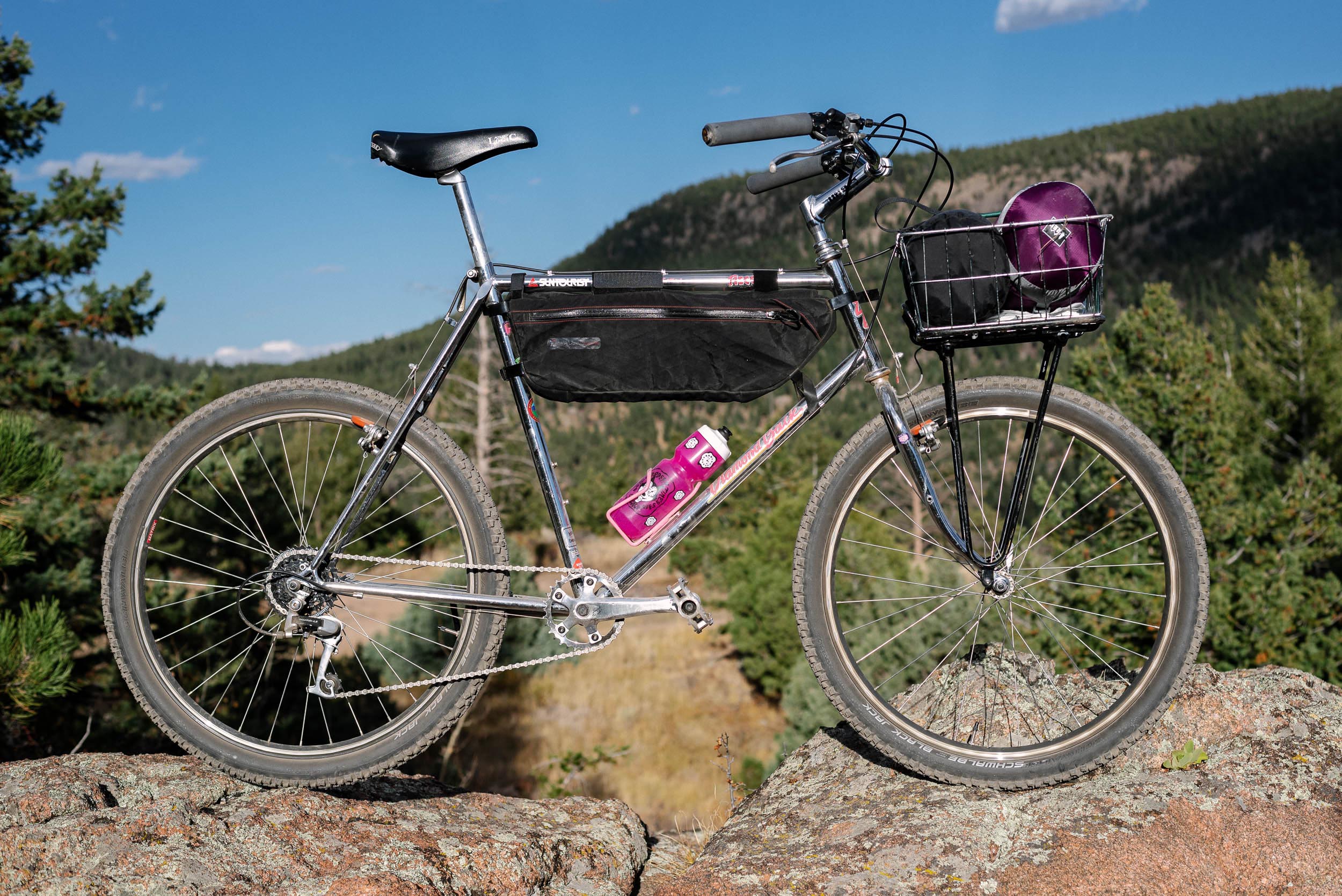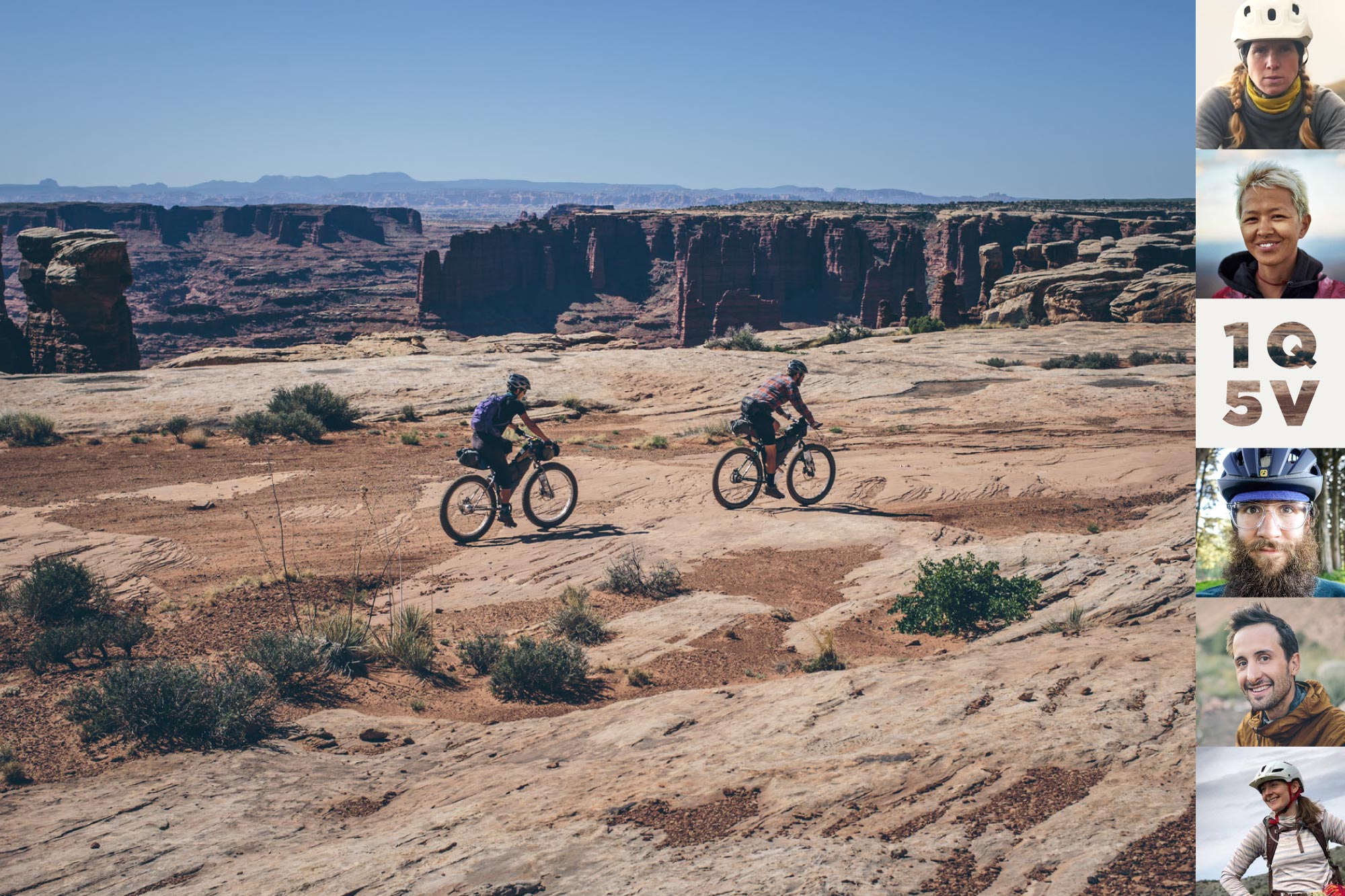11 Things I Learned On My First Bikepacking Trip
Share This
Almost 12 years ago, Neil went on his first bikepacking trip, an ambitious 10-day journey along the Colorado Trail. The trip was a success, but it wasn’t without many learning experiences. In his latest piece, Neil unpacks what he learned from the trip and discusses how he’d do it differently today…
Nearly 12 years have passed since my first bikepacking trip. Taking on the entire Colorado Trail from Denver to Durango was an ambitious choice for a first trip, but it proved to be a life-changing experience—perhaps more impactful than anything else I had undertaken up to that point. Despite many mistakes and the fact that I wasn’t fully prepared for such an extended journey, this piece aims to shed light on the lessons I gleaned from that initial expedition and how—if at all—my approach has evolved since. Watch the video and find a written version with photos from that maiden bikepacking trip below.
My partner on this trip was Mike Behrendt, a close friend and former college roommate. Fueled by youth and the desire for an epic adventure, we set our sights on biking the Colorado Trail in 2012. While Mike had some previous bikepacking experience, primarily on paved surfaces, I did not, although I had plenty of experience in cycling and backpacking. It took us a span of 10 days to pedal from Denver to Durango, and here’s what I learned from this unforgettable experience.
1. Start with something short.
This may sound obvious, but the Colorado Trail is likely not the smartest choice for a first bikepacking trip. I learned a lot along the way, but I also think I may have learned too much. While I loved this experience, I think If I had planned more or gone on shorter trips beforehand, I would have been better prepared for a 10-day journey like this.
Longer point-to-point routes are much more logistically challenging since you also have to figure out travel from the end of the route back to the start, or vice versa. Additionally, figuring out daily mileage with a loaded bike on a really rough route like the Colorado Trail is certainly an illuminating experience. Understanding the weather and how it would affect our time on the bike, how much food to pack, and how much water to bring were all things we learned along this way. One thing that was helpful was my backpacking background. That made the overall camping logistics pretty straightforward. But the first few days, while absolutely stunning, were eye-opening.
2. Ditch backpacks.
A significant lesson that affected my perspective was the discomfort in my lower region. My friend Mike and I didn’t fully utilize the available space on our bikes because committing to accessories like a frame bag felt like a stretch without prior experience. We opted to avoid overloading the bikes, knowing we would be hike-a-biking much of the route. However, in the end, the backpacks took a toll on our butts. Carrying three liters of water, repair kits, food, and miscellaneous items in decent-sized backpacks added pressure on our sit bones, resulting in more chafing. Despite having a comfortable full-suspension bike, the singletrack and rough terrain left us in considerable discomfort by the end of day three.
To alleviate the discomfort, we used chamois cream, a practice I’ve since abandoned due to the stretching of a chamois, which can ultimately worsen the experience. This ordeal prompted me to reconsider my packing approach. I now prefer distributing weight on the bike rather than carrying it on my back. However, being someone who captures moments with my camera for work, I usually have a larger camera, GoPro, and camera gear in a hip pack—though I keep it small to avoid the temptation of adding too much weight.
3. Use space wisely.
After this trip, I reconsidered using my main triangle solely for water bottle storage. Although I efficiently used space on the rest of the bike, my frame space clearly wasn’t optimally utilized. I now incorporate a wedge frame bag or custom frame bag for front triangles, especially on full-suspension bikes where off-the-shelf options are limited. Typically, front triangle space can handle weight well and provides ample packing space. Additionally, I’ve begun utilizing my downtube more and added extra accessory pockets to my handlebar bags. Unlike 12 years ago, we are fortunate to have all kinds of unique cargo-carrying options available.
4. Don’t stress about gear placement.
I distinctly recall feeling quite stressed while trying to decide how to organize my gear before this trip. However, once I hit the trail, I quickly discovered what worked and what didn’t. The lesson here is not to expend mental energy worrying about it, as your setup is likely to evolve after your first day out. You’ll develop a system and find a weight distribution that suits your unique needs.

In my case, I’ve realized that I prefer keeping most of my sleep system in the rear bag, while storing layers and some food in the front. The frame bag holds my stove, water, tools, and additional food, with the top tube bag reserved for more snacks. There’s no definitive right or wrong way to do it—rather, it’s about finding your own personalized approach.
5. Less is more.
One of my most significant revelations was understanding the simplicity of bikepacking and how little is truly necessary in order to have a great experience. It dawned on me that there’s genuine joy in traveling with only the essentials, making bikepacking a lesson in self-sufficiency. While the preparation might seem a bit daunting, the sense of liberation once you’re out there is remarkable.
It’s easy to get entangled in the gear and camping luxuries, a tendency I admittedly succumb to at times. However, reflecting on this trip, I realize that everything we brought served a purpose during our 10-day ride—nothing more, nothing less. And that, in retrospect, is pretty awesome.
6. Use the bike you have.
In 2012, I had only one bike, the Trek Fuel EX. It was a full-suspension mountain bike with a 69.5-degree head tube angle, 26″ wheels and tires, a 3×10 Shimano XT drivetrain, and notably, no dropper post. While this bike was probably more capable than many for a trail like the Colorado Trail back then, it wasn’t specifically designed as a bikepacking bike. I simply made use of what I had, and it worked surprisingly well.
Certainly, the bike world has seen considerable changes in terms of geometry, bikepacking-specific features, and components. Despite these advancements, I’ve ridden the Colorado Trail five times now, and only once did I venture to tackle it on a hardtail, even though hardtails are more straightforward to pack. My experience with a 26-inch-wheeled bike without a dropper post serves as a reminder that even with all the technological advancements, you’ll likely be just fine with the bike you currently have—especially if you’re just getting started with bikepacking. Embracing the latest and greatest isn’t always necessary.
7. Test your gear.
Throughout our 10-day journey, we encountered some gear issues that highlighted the importance of better testing and bringing specific repair items. Toward the end of the trip, Mike’s tire was in rough shape and no longer holding air. Despite multiple attempts to pump it up, it would go flat within a few hours. Lacking extra sealant, he had to resort to using a tube on the last day—a situation I now try and prevent by carrying additional sealant.
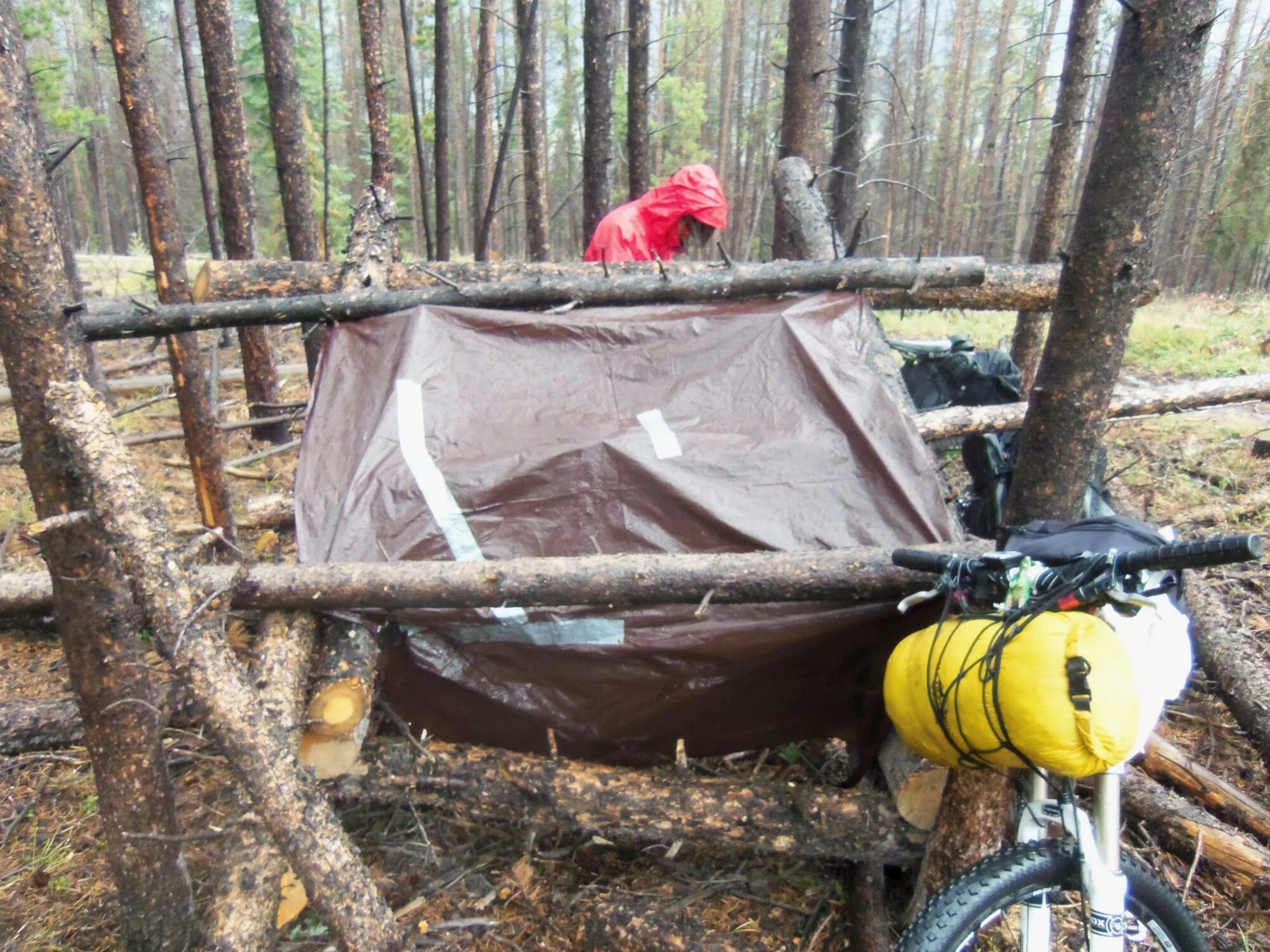
Another lesson learned during the first few summer storms was that our bikepacking bags were not waterproof, leaving almost all our gear soaked. At one point, we even halted mid-day to construct a makeshift shelter and wait for the rain to subside. Upon reaching Buena Vista, we invested in a dry bag and carried trash bags to keep our belongings dry for the remainder of the trip—a strategy that proved effective. These days, I prefer having at least one waterproof or highly water-resistant bag on my bike, and I still rely on trash bags to ward off moisture in a pinch; I employed this method just last month in Arizona.
8. Sharing is caring.
Since my days as a backpacker, I’ve been an advocate of sharing gear to reduce both weight and space. When embarking on this bikepacking trip, Mike and I were in agreement—opting for a single stove, one tent, and sharing as much gear as possible. This decision significantly contributed to the overall positive experience of my first bikepacking adventure, keeping our bikes relatively lightweight. To top it off, we rented a tent from our local university, eliminating the need for a big purchase.
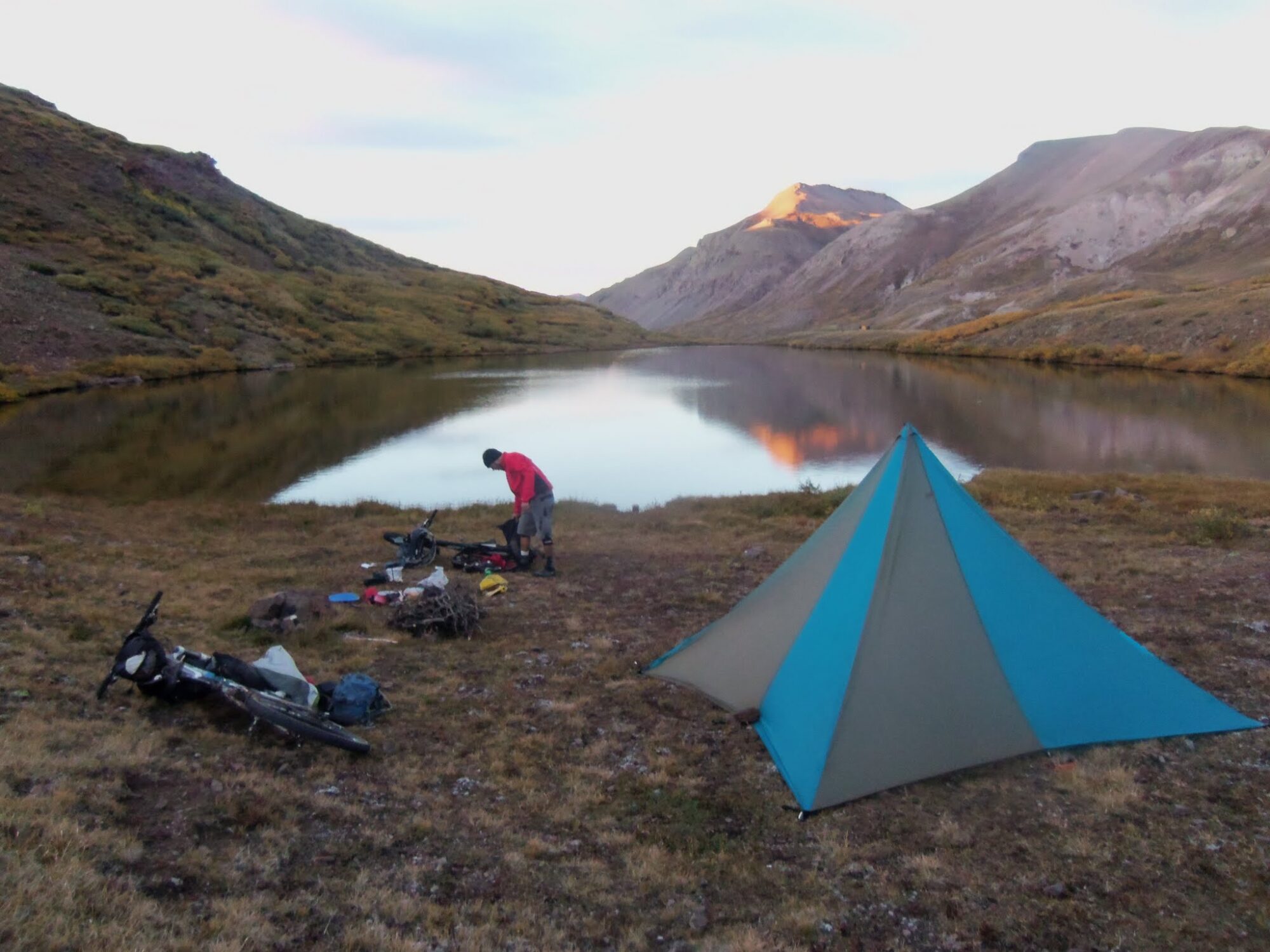
While my gear preferences evolved toward more lightweight options that pack down efficiently as I gained experience, I still embrace gear-sharing on some trips. It’s an excellent approach, especially when you and your group are aligned and willing to collaborate on shared items.
9. Plan on riding at night.
During this trip, we hadn’t initially planned on riding at night and consequently didn’t bring bike lights. However, it marked the first of many journeys where I found myself unexpectedly pulling out the headlamp. Various factors, such as specific mileage goals for the day, aiming to reach a particular campsite, or dealing with a mechanical problem contributed to our nighttime riding.
This experience underscored the importance of having a reliable headlamp, which I use when darkness descends, be it at camp or on the bike. Over the years, I’ve invested in dependable headlamps that provide ample brightness, allowing me to ride along at speed, usually falling in the 400+ lumen range.
10. Capture the experience.
As I revisit the less-than-stellar photos I captured 12 years ago, they serve as poignant reminders of the incredible journey. I still wish I took more, but these images have become tangible memories etched into my mind, even if their quality isn’t great. The lesson learned has since prompted me to snap more photos, creating a visual narrative that I can someday share with my children to inspire them. I also love that I’m able to share my experiences with you all and encourage everyone to do the same. While we may not always have the opportunity to go out and bikepack, we often have the time to peek at a photo or video, allowing us to momentarily revisit and relive cherished memories.
11. Bikepacking with friends is best.
Embarking on my initial backpacking trip was a special experience, and it was made even more memorable by sharing it with a good buddy. Occasionally, I send him photos, and when we’re together, we fondly reminisce about this trip. I stopped bikepacking with friends because ultra racing got in the way, but now that I quit doing that, I get to live these experiences with others. Bikepacking with like-minded individuals, not just friends, always adds an extra layer of enjoyment to the experience.
Wrapping things up, I’d love to hear about one learning experience from your first bikepacking trip. Help us share knowledge to inform and encourage beginners by letting us know in the conversation below.
Further Reading
Make sure to dig into these related articles for more info...
FILED IN (CATEGORIES & TAGS)
Plan
Please keep the conversation civil, constructive, and inclusive, or your comment will be removed.






